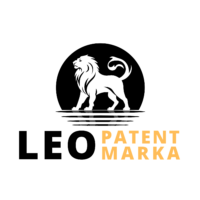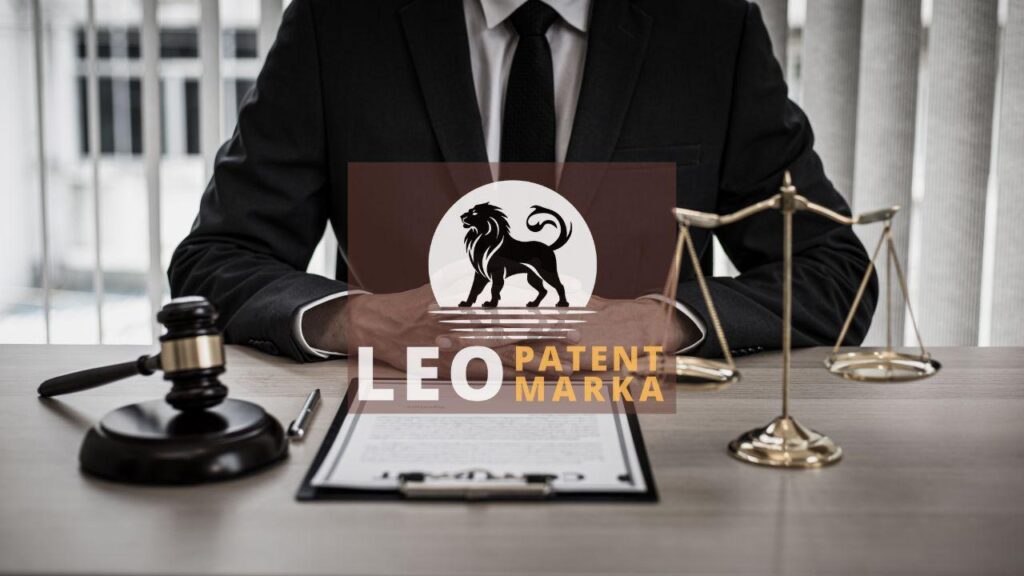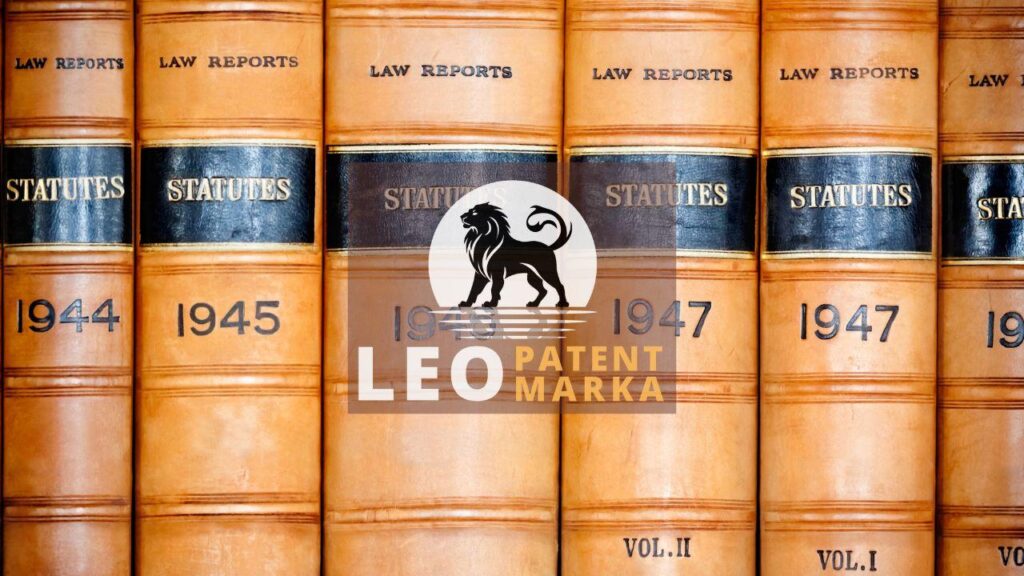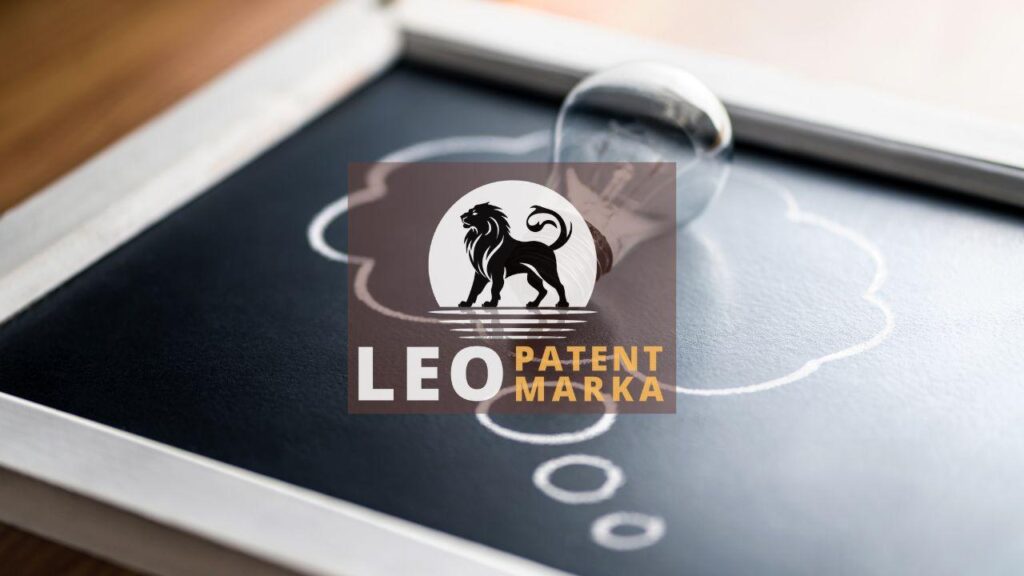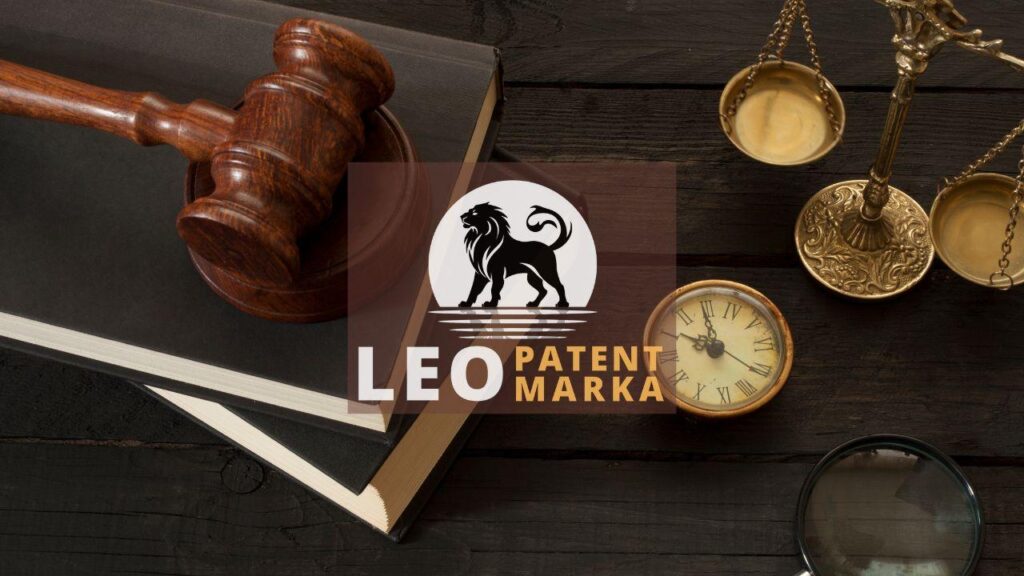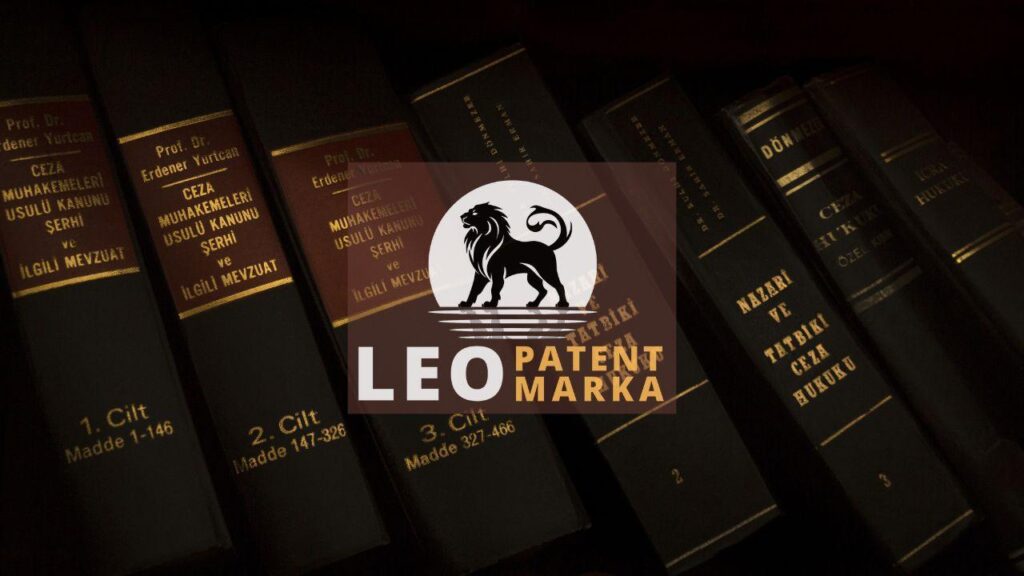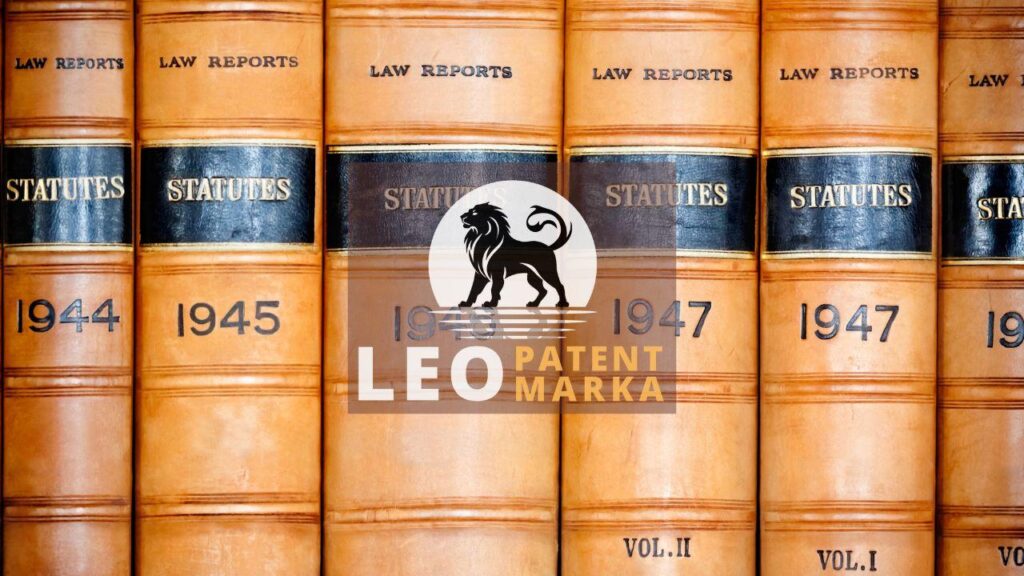In the realm of intellectual property, particularly within the Turkish legal framework, trademark infringement is a matter that necessitates a robust and meticulously planned defense strategy. At Leo Patent, we understand that defending against a trademark infringement lawsuit requires extensive knowledge of both national and international trademark laws, as well as a deep understanding of the nuances involved in such cases. Whether you are a brand owner accused of infringement or a business seeking to protect its trademarks from unauthorized use, the key to a successful defense lies in a comprehensive approach that considers all legal angles. Our expertise in trademark application, enforcement strategies, and litigation support ensures that your interests are well-guarded and that your defense is precisely aligned with Turkish intellectual property statutes.
Understanding the Framework of Trademark Law in Turkey
Trademark law in Turkey is primarily governed by the Industrial Property Code No. 6769, which was enacted to harmonize with the European Union regulations and modernize intellectual property protection standards. The code provides comprehensive guidelines on the registration, protection, and enforcement of trademarks, ensuring that the rights of trademark owners are safeguarded robustly. It includes provisions regarding the definition of trademarks, the criteria for registrability, and the processes for opposition, cancellation, and renewal. Additionally, the Turkish Patent and Trademark Office (TPTO) plays a critical role in administering trademarks, offering an efficient system for rights holders to register and protect their marks, thus fostering a secure business environment.
In the context of defending against a trademark infringement lawsuit, it is crucial to grasp the nuances of potential defenses available under Turkish law. One of the primary defenses involves challenging the validity of the plaintiff’s trademark by arguing that it fails to meet the criteria for registrability outlined in the Industrial Property Code; this may include claims that the trademark lacks distinctiveness or is deceptively similar to pre-existing marks. Another possible defense strategy is demonstrating the alleged infringing use falls under one of the legal exceptions, such as fair use or use in a descriptive manner. Furthermore, establishing the seniority of your own trademark through prior use or earlier registration can serve as a potent defense. At Leo Patent, we are adept at evaluating these defenses comprehensively and deploying them effectively to safeguard your business against unwarranted infringement claims.
Navigating a trademark infringement defense also necessitates a thorough analysis of the evidence and procedural tactics. A well-documented trail of your trademark’s legitimate use, as well as any historical data supporting the brand’s distinctiveness and market presence, can significantly bolster your position. Additionally, procedural defenses such as challenging the jurisdiction of the court or raising questions about the timeliness of the infringement claim can be crucial aspects of your strategy. At Leo Patent, we meticulously scrutinize all available evidence and procedural avenues to construct a robust defense. By leveraging our extensive experience and in-depth knowledge of Turkish trademark law, we ensure that our clients are not only prepared for litigation but also positioned for potential out-of-court settlements, thereby minimizing disruptions to their business operations.
Key Arguments and Evidence in Defending Trademark Infringement
One of the fundamental arguments in defending a trademark infringement lawsuit in Turkey involves challenging the similarity and likelihood of confusion between the contested trademarks. To effectively argue this point, it is essential to present evidence demonstrating distinct differences in the visual, phonetic, and conceptual elements of the trademarks in question. This may include expert testimony from trademark analysts, comparative market research data, and consumer perception studies. Additionally, illustrating the differences in the geographical market presence, target audience, and channels of trade can further substantiate the argument that the coexistence of the trademarks is unlikely to cause consumer confusion. At Leo Patent, we leverage our extensive expertise to meticulously compile and present such evidence, ensuring a strong, well-supported defense tailored to the intricacies of Turkish intellectual property law.
Another crucial defense strategy can involve demonstrating the prior use or establishing the seniority of one’s trademark. In Turkey, proof of earlier use can significantly impact the outcome of a trademark infringement lawsuit. By providing thorough documentation such as dated advertisements, sales records, and original product packaging, it is possible to establish that your trademark was in use before the opponent’s mark, thus asserting your prior rights. Establishing seniority not only strengthens your defense but can also lead to the successful cancellation of the opposing mark. At Leo Patent, we assist our clients in gathering and presenting comprehensive historical evidence to substantiate their claims of prior use, navigating through the complexities of Turkish trademark law to ensure their rightful brand protection.
Moreover, another pivotal argument in defending against a trademark infringement claim is to assert the fair use or non-commercial use of the contested trademark. In certain situations, the use of a trademark may be deemed fair if it is descriptive, used to identify the goods or services, or employed in comparative advertising without misleading the consumers. By presenting a detailed analysis and concrete examples of how the trademark is used in an informative or factual manner rather than as a source identifier, it is possible to argue that the use falls under legally permissible activities. At Leo Patent, our in-depth knowledge of Turkish intellectual property statutes allows us to adeptly frame such defenses, supporting our clients with the necessary legal precedents and evidence to demonstrate lawful use, thereby mitigating the risk of infringement liabilities.
Case Studies: Successful Defense Strategies in Trademark Litigation
In one notable case, our client, a well-established local business, was accused of trademark infringement by a multinational corporation. Our defense strategy began with a thorough investigation into the distinctive elements of our client’s brand compared to the claimant’s trademark. By presenting compelling evidence, including market surveys and expert testimonies, we demonstrated that our client’s trademark bore sufficient differences to negate any likelihood of confusion among consumers. Additionally, we argued that the alleged similarity was a result of descriptive terms that could not be monopolized by any single entity. This multifaceted approach not only led to a successful dismissal of the lawsuit but also reinforced our client’s brand integrity in the competitive market.
In another exemplary case, a small start-up faced a trademark infringement lawsuit from a larger competitor claiming exclusive rights over a commonly used industry term. Our defense hinged on the argument of “genericide,” emphasizing that the term in question had become so widely used in the industry that it lost trademark protection. We meticulously gathered historical evidence and industry references, proving that the term was not uniquely associated with the plaintiff’s brand but had rather become a generic descriptor. Our defense also included a proposition for concurrent use, highlighting the geographical and demographic market distinctions that minimized any potential consumer confusion. This strategy successfully led to a settlement favorable to our client, allowing them to continue utilizing the trademark without infringement claims, thereby safeguarding their business operations and market presence.
In a further significant case, we defended a mid-sized enterprise accused of trademark infringement by a major competitor based on alleged visual and phonetic similarities. Our defense team embarked on a detailed comparative analysis, focusing on the graphical and phonetic aspects of both trademarks. We introduced expert linguistic analyses and visual studies to illustrate the distinctiveness of our client’s trademark in both appearance and pronunciation. Additionally, we highlighted the distinct market segments and consumer bases targeted by the opposing parties, thereby minimizing any risk of confusion. To strengthen our position, we also showcased the long-standing and independent market presence of our client’s brand. This comprehensive defense not only led to the resolution of the infringement claim without any penalties but also set a precedent for ensuring the importance of thorough comparative assessments in trademark disputes.
Disclaimer: This article is for general information purposes only and it is recommended that you consult experts and companies in that field to evaluate your specific situation. We are not responsible for any damage that may arise from the use of the information in this article.
